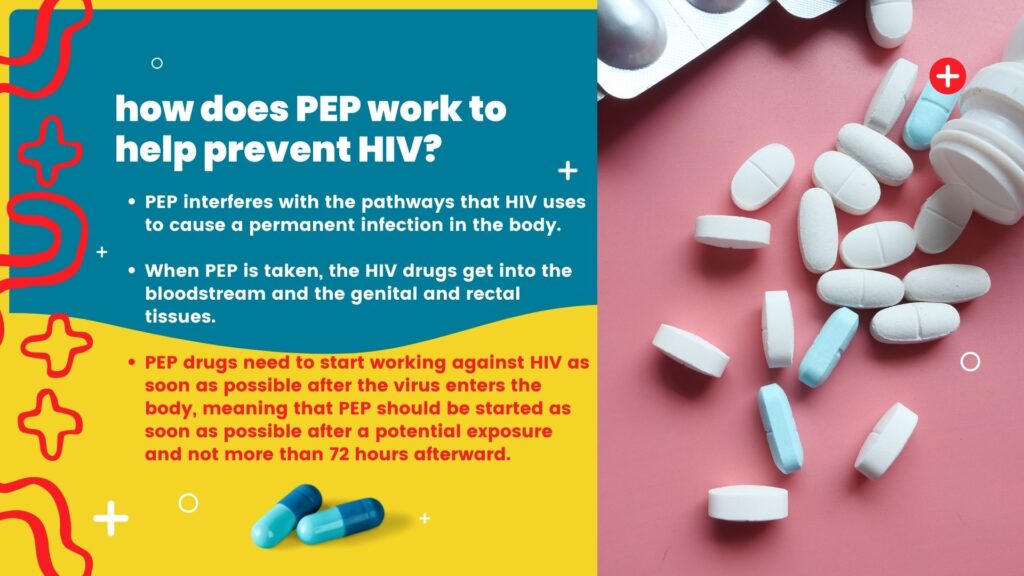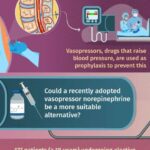Human Immunodeficiency Virus (HIV) remains a significant public health concern worldwide. Despite advancements in treatment and prevention, exposure incidents—whether occupational or non-occupational—still occur. Post-exposure prophylaxis (PEP) is a vital intervention to prevent HIV infection when administered promptly and correctly. This guide outlines a comprehensive approach to preventing HIV after potential exposure, emphasizing rapid action, adherence to therapy, and follow-up protocols.

Understanding HIV Exposure Risks and Transmission
Common Modes of HIV Exposure
HIV is transmitted primarily through exposure to infected bodily fluids, including:
- Blood
- Semen and pre-seminal fluid
- Vaginal fluids
- Rectal secretions
- Breast milk
Exposure typically occurs via:
- Unprotected sexual intercourse
- Needle sharing among drug users
- Occupational needlestick injuries
- Blood transfusions (rare with modern screening)
- Sexual assault
Risk Factors by Exposure Type
| Exposure Type | Estimated Transmission Risk per Act |
|---|---|
| Receptive anal intercourse | 1.38% |
| Insertive anal intercourse | 0.11% |
| Receptive vaginal intercourse | 0.08% |
| Insertive vaginal intercourse | 0.04% |
| Needlestick injury | 0.23% |
Timely assessment and categorization of exposure risk are essential to determining the necessity of PEP.
Immediate Response: First Steps After Possible HIV Exposure
Initial Actions
Following potential exposure:
- Clean the area: Wash the site with soap and water; avoid aggressive scrubbing.
- Avoid squeezing wounds or mucous membranes.
- Report and document the incident (especially in occupational settings).
- Seek medical evaluation immediately.
PEP should ideally be initiated within 2 hours of exposure and no later than 72 hours.
Post-Exposure Prophylaxis (PEP): Protocol and Efficacy
What is PEP?
PEP involves a 28-day course of antiretroviral therapy (ART) taken after potential exposure to HIV to prevent infection. It is not a substitute for routine HIV prevention and is used exclusively in emergency scenarios.
Recommended PEP Regimen
The U.S. Centers for Disease Control and Prevention (CDC) and World Health Organization (WHO) recommend the following first-line PEP regimen:
- Tenofovir disoproxil fumarate (TDF) 300 mg +
- Emtricitabine (FTC) 200 mg (combined as Truvada) +
- Raltegravir 400 mg twice daily or Dolutegravir 50 mg once daily
All medications are taken orally for 28 consecutive days.
Effectiveness of PEP
- When started within 72 hours, PEP reduces the risk of HIV infection by up to 80% or more.
- Efficacy declines significantly with delays beyond 72 hours.
- Strict adherence to the full 28-day course is crucial for success.
PEP Eligibility Criteria and Risk Assessment
Who Should Receive PEP?
PEP is recommended for individuals who:
- Had unprotected sex with someone known or suspected to be HIV-positive
- Were exposed to blood via sharps or needlestick injuries
- Experienced sexual assault
- Shared injection equipment
- Had mucosal exposure to potentially infected fluids
A detailed risk assessment should include:
- Type of exposure
- Source patient’s HIV status
- Time since exposure
- Existing health conditions of the exposed individual
HIV Testing and Monitoring During and After PEP
Baseline Testing
Before initiating PEP, the following tests should be conducted:
- HIV antibody/antigen test (4th generation)
- Hepatitis B and C screening
- Renal and liver function tests
Follow-Up Testing Schedule
| Time Point | Recommended Tests |
|---|---|
| Day 0 | HIV, Hepatitis B/C, pregnancy (if applicable) |
| Week 4 (end of PEP) | HIV test, renal/hepatic panel |
| Week 12 (3 months) | Final HIV test to confirm seronegativity |
If additional risk factors persist, consider ongoing pre-exposure prophylaxis (PrEP) following PEP completion.
Side Effects and Management During PEP
Common Side Effects
- Nausea and vomiting
- Fatigue
- Headaches
- Diarrhea
- Insomnia
Most symptoms are mild and resolve with time. Clinicians should counsel patients on what to expect and when to seek medical attention.
Enhancing Adherence
Strategies to support medication adherence include:
- Providing daily reminders or pillboxes
- Telehealth follow-ups or in-person check-ins
- Managing side effects proactively
- Counseling on the importance of completing the regimen
Integrating PEP into Comprehensive HIV Prevention
Transitioning to PrEP
For individuals at ongoing risk of HIV infection (e.g., those with HIV-positive partners, frequent unprotected sex), PEP should serve as a bridge to pre-exposure prophylaxis (PrEP).
- PrEP involves daily ART before exposure to prevent infection.
- Medications such as Descovy and Truvada are FDA-approved for PrEP.
Additional Prevention Strategies
- Consistent and correct use of condoms
- Regular HIV testing and STI screening
- Avoiding shared injection equipment
- Harm reduction programs and community outreach
Addressing PEP in Special Populations
Children and Adolescents
- Pediatric PEP dosing is weight-based and adjusted accordingly.
- Confidential, youth-friendly services improve uptake and adherence.
Pregnant and Breastfeeding Women
- PEP is safe and effective during pregnancy and lactation.
- Urgent initiation and obstetric consultation are required.
Survivors of Sexual Assault
- Survivors should be provided immediate access to PEP, STI treatment, emergency contraception, and psychological support.
Frequently Asked Questions
How soon after exposure should PEP be started?
PEP must be started within 72 hours of exposure—the sooner, the better.
Can I stop PEP if I feel fine?
No. Complete the full 28-day course even if you feel healthy or believe the exposure was low risk.
What if the source is HIV-negative?
If the source is confirmed HIV-negative, PEP can be discontinued after initial testing and risk evaluation.
Is PEP 100% effective?
While highly effective when taken correctly, PEP is not guaranteed to prevent HIV. Adherence and timing are critical.
Can I take PEP multiple times?
Yes, but frequent use indicates ongoing risk. Consider transitioning to PrEP for long-term protection.
Preventing HIV infection after exposure hinges on immediate recognition, rapid access to PEP, and strict adherence to treatment protocols. Medical professionals, individuals at risk, and institutions must be equipped to respond promptly and effectively. With coordinated care, education, and follow-up, we can significantly reduce HIV transmission following potential exposure and integrate PEP into broader strategies for HIV prevention.

